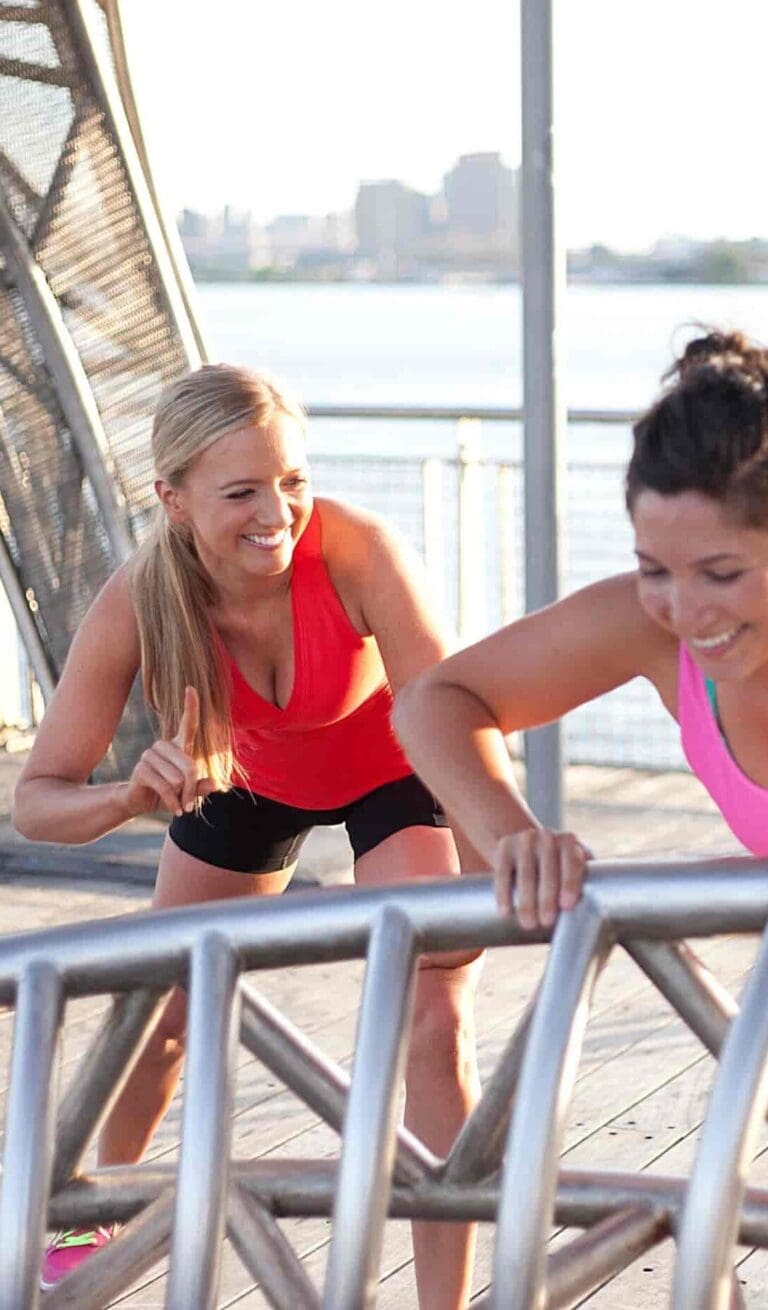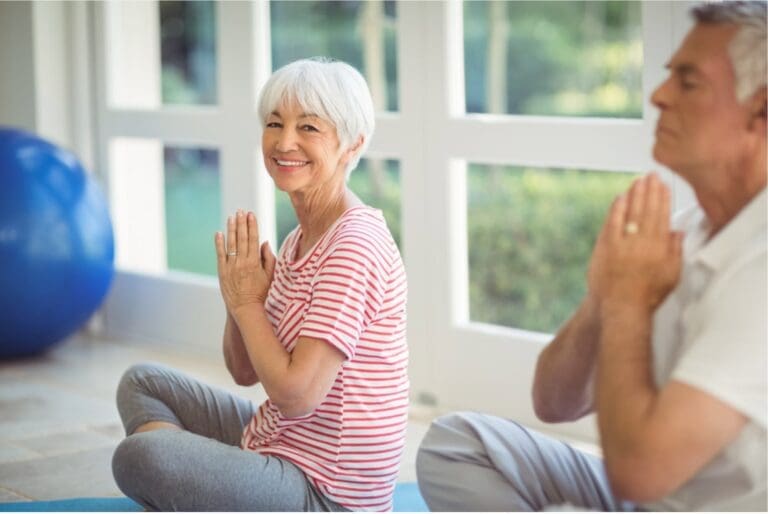Exercising in hot weather presents unique challenges that can affect performance and health. However, with the right strategies, you can maintain your fitness routine and enjoy the benefits of outdoor activities even when temperatures soar. Here are five helpful tips to ensure your summer workouts are safe and effective. Remember, personal training appointments can be booked through hollyroser.com for personalized guidance tailored to your fitness needs.
1. Stay Hydrated
Proper hydration is crucial when exercising in hot weather. The body’s demand for fluids increases significantly as it works harder to cool itself through sweating. Dehydration can lead to heat exhaustion or heat stroke, serious conditions that require immediate attention. Here are some hydration tips:
- Drink Before, During, and After Exercise: Start hydrating well before your workout begins. Aim to drink at least 16-20 ounces of water two hours before exercising, and continue to drink 7-10 ounces every 10-20 minutes during your workout. After finishing, replenish with another 16-24 ounces.
- Monitor Your Urine: A simple way to gauge hydration is by checking the color of your urine. Light-colored urine typically indicates good hydration, while dark urine suggests you need to drink more fluids.
- Electrolyte Balance: In addition to water, consider drinks that replace lost electrolytes, especially if you’re engaging in prolonged or intense exercise. Sports drinks, coconut water, and electrolyte tablets can help maintain the balance of sodium, potassium, and other essential minerals.
2. Choose the Right Time of Day
Timing your workouts to avoid the peak heat of the day can significantly reduce the risk of heat-related illnesses. The hottest part of the day is typically between 10 a.m. and 4 p.m., so try to schedule your activities for early morning or late evening when temperatures are cooler.
- Morning Workouts: Exercising in the morning can be refreshing and set a positive tone for the rest of the day. The air is usually cooler and less polluted, making it easier to breathe.
- Evening Workouts: If you’re not a morning person, late evening workouts are a great alternative. As the sun sets, temperatures drop, providing a more comfortable environment for physical activity.
3. Wear Appropriate Clothing
The right clothing can make a significant difference in your comfort and safety during hot weather workouts. Opt for lightweight, breathable, and moisture-wicking fabrics that help regulate your body temperature by allowing sweat to evaporate more easily.
- Light Colors: Light-colored clothing reflects sunlight, keeping you cooler than dark colors, which absorb heat.
- Loose-Fitting Clothes: Loose clothing allows air to circulate around your body, enhancing the cooling effect of sweat evaporation.
- Sun Protection: Don’t forget to protect your skin from harmful UV rays. Wear a hat with a brim to shield your face, and apply a broad-spectrum sunscreen with an SPF of at least 30 to all exposed skin. Sunglasses with UV protection can also help protect your eyes.
4. Adjust Your Intensity and Pace
Heat can place additional strain on your body, so it’s essential to adjust your workout intensity to avoid overexertion. Listen to your body and be prepared to modify your routine as needed.
- Start Slow: If you’re not used to exercising in the heat, start with lower intensity activities and gradually increase your pace as your body acclimates to the conditions.
- Interval Training: Incorporate rest intervals into your workouts. Short bursts of activity followed by periods of rest can help you maintain your fitness levels without overheating.
- Know the Signs: Be aware of the symptoms of heat exhaustion and heat stroke, which include dizziness, nausea, headache, rapid pulse, and confusion. If you experience any of these, stop exercising immediately, move to a cooler place, and hydrate.
5. Plan Your Routes and Locations
Where you choose to exercise can also impact your comfort and safety. Plan your routes and workout locations to take advantage of cooler, shaded areas and water access.
- Shaded Paths: Look for routes that offer plenty of shade, such as parks with tree cover or urban trails that run alongside buildings.
- Near Water: Bodies of water, such as lakes, rivers, and beaches, often provide cooler breezes and can be more refreshing environments for exercise.
- Indoor Options: On exceptionally hot days, consider moving your workout indoors. Gyms, indoor pools, or even a home workout with air conditioning can provide a safe alternative.
Conclusion
Exercising in hot weather requires careful planning and attention to your body’s needs. By staying hydrated, choosing the right time of day, wearing appropriate clothing, adjusting your intensity, and planning your routes, you can enjoy your summer workouts while minimizing the risks associated with heat. For personalized fitness advice and tailored workout plans, personal training appointments can be booked through hollyroser.com. Stay active, stay safe, and make the most of your summer fitness journey!
References
- Cheuvront, S. N., & Kenefick, R. W. (2014). Dehydration: physiology, assessment, and performance effects. Comprehensive Physiology, 4(1), 257-285.
- Epstein, Y., & Roberts, W. O. (2011). The pathophysiology of heat stroke: an integrative view of the final common pathway. Scandinavian Journal of Medicine & Science in Sports, 21(6), 742-748.
- Kenney, W. L., & Munce, T. A. (2003). Invited Review: Aging and human temperature regulation. Journal of Applied Physiology, 95(6), 2598-2603.






